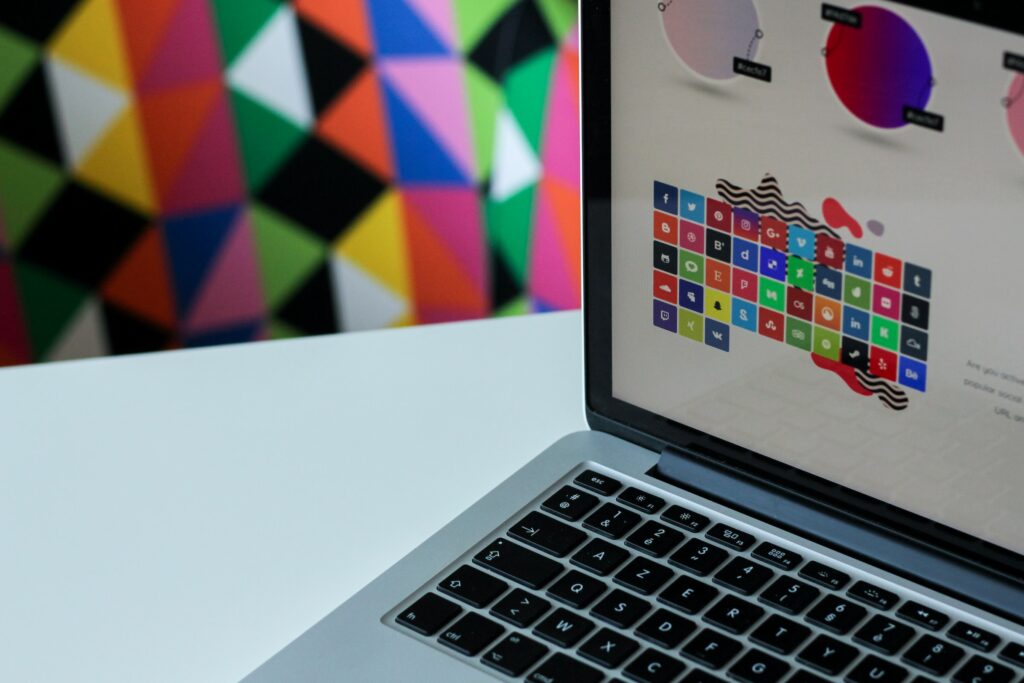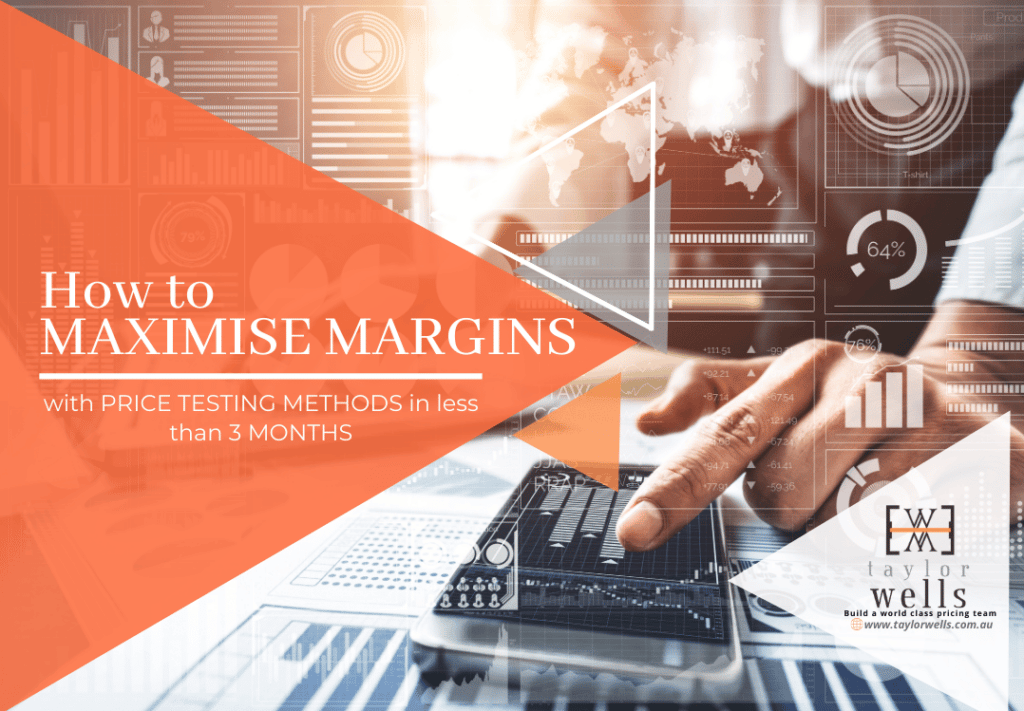
How To Price Graphic Design Work 👩🎨
Branding, content marketing, web development is no longer just artistic, it’s an industry. What’s more, its a highly saleable and extremely valuable industry for all businesses. If your branding and marketing hits the mark, businesses can make a lot of money out of branding. That’s one of the reasons so many creative brand managers and designers are leaving corporate or starting up for themselves. In fact, there are now a proliferation of designers out there all bidding for new business; attempting to sell their artistic endeavours and expertise profitably. All vying to build a name for themselves. 99designs, for instance, is a Melbourne-based company that runs a freelancer platform that connects graphic designers and clients. Graphic designers are among those who are frequently commissioned to create designs for various company projects. As their market expands and new designers come and go, many designers are asking how to price graphic design work appropriately.
>Download Now: Free PDF How to Maximise Margins with Price Trials
The problem is, though, many creative service providers with lesser experience struggle to find the right pricing method for their offers. Many find value-based pricing difficult and go back to cost-plus because it seems easier.
In this article, we are going to discuss how to price graphic design work and how businesses can utilise a more value-based approach in their offers and service prices. We argue that value-based pricing helps businesses build better branding and stand out from the competition.
At Taylor Wells, we believe that a creative service provider’s pricing strategy communicates the value they offer to its customers and clients. Therefore it must be given much thought, especially for new designers. By the end, you will know how to price a graphic design work you offer to other businesses.
How To Appropriately Price Graphic Design Work And Other Creative Services
What is the creative services industry?
Creative industries broadly refer to a wide range of economic activities involving the production and commercialisation of creativity, thoughts, expertise, and information. Companies or individual entrepreneurs in this industry offer their creative skills to other businesses. Examples include design, music, publishing, architecture, film and video, crafts, visual arts, fashion, TV and radio, advertising, literature, games, and performing arts. This article will concentrate on those who provide digital and graphic design services.
What are the most common pricing strategies used by creative agencies, start up design and website agencies?
Hourly rates, fixed-price graphic design, and project-based payments are the most common ways creative businesses charge for their services. Those who use this pricing strategy are concerned with their costs and the length of time the project is likely to take. Some even provide a discount to attract clients. While others require prepayment or longer projects because they will have to put in more effort for research and brainstorming.
Keep in mind that each of the mentioned methods above has advantages and disadvantages. Hourly rate-based payment, for example, is transparent, so your customers know precisely how much they’re paying for your time. However, your creativity might be compromised in order to meet client budgetary demands. Meanwhile, you can charge one price for an entire project with fixed rates and project-based payments, regardless of how long it takes you to complete it. The disadvantage is that you may undercharge or overcharge for your services if you do not estimate projects carefully.
Some, on the other hand, use value-based pricing strategies. They consider how much the project is worth to the client, keeping in mind the time and work needed, as well as the client’s budget and the value they will receive from the finished product. We believe that this method is superior because it maximises the benefit to both the designer and the client from the project. However, this approach is still not widely used because many designers consider it too complex and difficult to implement consistently.
Problems In How To Price A Graphic Design Work
Graphic designers frequently struggle to determine the right price for their services. They don’t want to scare away their customers with high service prices. At the same time, they don’t want to undervalue themselves. The problem becomes worse for those who are new to the market. They are commonly inexperienced in commercial and pricing with no idea how much their customers are willing to pay. And, having started with no clients, they try to win all types of customers by offering low prices. They don’t focus on the target market that matches their passion and design expertise because they accept any work to make money.
The pricing strategy of creatives has a significant impact on their career. If they charge too much, they might not get enough work to have a stable income. If they charge too little, they might end up working long hours for a small financial return. So, how to price graphic design work? How can designers transition from cost-plus to value-based approaches?
Discussion On How To Price Graphic Design Work Using Value-Based Approaches
Cost-plus pricing might seem easy but it has clear downsides. For one, it doesn’t help creatives figure out what sets them apart from the competition and establish a value proposition. Basically, they struggle to have a strong and unique selling point.

Why should designers price according to value?
Suppose you’ve been hired by a company to design their logo. The value of logos and what a good logo brings to a brand is enormous. A good logo sticks in one’s mind. Furthermore, it reminds people who see it of the brand and what it stands for — mission, values, identity, beliefs, and so on. So how do you figure out how much to charge?
Although it is widely assumed that those who choose hourly compensation earn less, designers frequently view cost-plus pricing as the best method for pricing logos. Their cost-plus reasoning was that it was sometimes more profitable. They also use several justifications for this, claiming that using cost-plus made it easier to justify prices to customers.
Some entrants believe it was difficult for them to communicate the value of their offer and expertise to customers because they were new to the business. Their limited portfolio was considered a major impediment to charging higher prices or implementing value-based pricing. Furthermore, they believe that negotiating a reasonable hourly wage can be more profitable when the project is complex or requires long hours.
But even so, this only implies that many designers lack confidence and/or are ‘glass half empty’ types of people. Business is not easy. Perhaps some resilience training is in order. Nevertheless, character traits aside, some of their claims are legitimate too.
How to price graphic design work for new designers when they haven’t generated enough value for customers before?
It’s true in part that value has a fair bit to do with how you have performed in the past. However, it is also true that the number of years of experience in a field isn’t the sole determinant of value. It is only an indicator of value.
In reality, the amount of experience can also hold back designers and experts because they use the same tools and approaches to produce results! So, yes, a track record is beneficial and somewhat valuable to customers. It boosts both your and their confidence. But that is not all. This is why the world is so fortunate to have so many brilliant start-ups.
Value is also transformative. For example, when a designer demonstrates their ability to transform a brand (and this can happen before you’ve agreed to buy from them), their experience doesn’t really matter. You know that they think differently and see or capture something in the brand and logo that you can’t, which is compelling and attractive to your target market.
The value of a good designer, regardless of how experienced or inexperienced they are, is thus not their track record. It is their distinct perspective that captures the essence of a brand and delivers the number one result. This is more of the right customers remembering your brand and freely spreading the word about you.
If you are concerned about your ability to deliver, use time and material billing to justify your value. If you’ve found the right customer, you should understand their mission and be confident that you can deliver on that vision in order to generate value for the company.
Implications Of Value-Based Pricing For Graphic Design Work
Cost-plus doesn’t capture value. It commoditises it. Think very carefully before you use cost-plus. Value-based pricing and potentially a different revenue model may suit both you and your customer. Let’s talk about an example of a good and well-balanced approach on how to price a graphic design work.
For example, assume a medium-sized company approaches you about creating a logo for their rebranding. You should charge them more because the logo is so important to their brand image. You should also investigate how much profit they make and charge them accordingly. Suppose they earn $35,000 in profit per month. Thus, charging 10% of it, or $3500, would not be a significant burden on such a business.
If, on the other hand, a small business reaches out to you, you won’t be able to charge them as much. Even if you’re an experienced graphic designer, we suggest quoting a lower price because they won’t have the resources to pay more.
Building commercial capability will benefit you whether you run a large creative company or are an individual entrepreneur or freelancer. Our findings show that when a business builds and embeds commercial capability across the business; bolstering its internal pricing skills and capabilities to build a sustainable pricing system, it can generate at least 3-10% additional margin each year while protecting hard-earned revenue and volume. This is at least a 30-60% profit improvement straight to the bottom line.
〉〉〉 Get Your FREE Pricing Audit 〉〉〉
Bottomline
Marketing and branding materials, such as a logo, are critical for increasing brand awareness. This must be at the heart of all primary motivations when thinking how to price a graphic design work and why even new designers should price according to value to maximise their earnings. When pricing creative design services, there are numerous factors to consider, but the most important thing is to have a clear understanding of your costs and the value you provide to the client. Make sure not to undervalue yourself, as you will be helping to develop your client’s brand. With this in mind, you can begin negotiating and making deals for a price and offer that suits both you and your client.
For a comprehensive view on maximising growth in your business, Download a free complimentary whitepaper on How to Maximise Margins with Price Trials.
Are you a business in need of help to align your pricing strategy, people and operations to deliver an immediate impact on profit?
If so, please call (+61) 2 9000 1115.
You can also email us at team@taylorwells.com.au if you have any further questions.
Make your pricing world-class!
Related Posts
Leave a Reply Cancel reply
Categories
- marketing strategy (26)
- Organisational Design (14)
- Podcast (114)
- Pricing Capability (87)
- Pricing Career Advice (10)
- Pricing Recruitment (19)
- Pricing Strategy (290)
- Pricing Team Skills (13)
- Pricing Teams & Culture (24)
- Pricing Transformation (47)
- Revenue Model (25)
- Sales Effectiveness (27)
- Talent Management (7)
- Technical Pricing Skills (35)






